If the newsletter is truncated in your email, click on "View entire message" and you'll be able to view the entire post in your email app.
When I think of artists that have had a big influence on my work, the first one that always comes to mind is Francesca Woodman. I know I am not the only one. Her work is legendary.
Francesca Woodman is famous for her conceptual self-portraits. When I began photography, I started by experimenting with self-portraiture. To me it was a comfort and convenience to use myself as a model. I wanted to be alone with my camera and therefore, if I desired a human body in my image, I had to use myself. That is how it began.
When I discovered her work in a library, I became obsessed. Everything about her and her work fascinated me, gave me motivation and endless inspiration to continue experimenting with self-portraits for years.

Francesca Woodman was born into a family of artists in 1958 as the younger of two children. Her father was a painter and her mother a ceramic artist and sculptor, thus being exposed to art and the artist’s world was part of her upbringing. After attending public school in Boulder, Colorado, she was sent to high school at Abbot Academy, a private boarding school in Massachusetts. Her interest in photography began as a young teenager. She took her first self-portrait at the age of 13, but it was while she attended Abbot Academy that she began to develop her photographic skills and was encouraged by one of her teachers. In 1975, she started her studies in photography at the Rhode Island School of Design.
Her parents were well-connected in the international art world and owned a farm house near Florence, Italy, where the whole family spent their summers every year. A large portion of Francesca’ work was taken there.
In her short career, Francesca took over 800 images, most of them self-portraits. 800 images might not sound like a lot in our digital, modern world, but when you use a small 6x6 twin-lens reflex Yashica Mat-124G - which was given to her by her father- and you use it to photograph yourself in obscure positions and staged environments while also developing your own prints, it is an enormous amount of work.
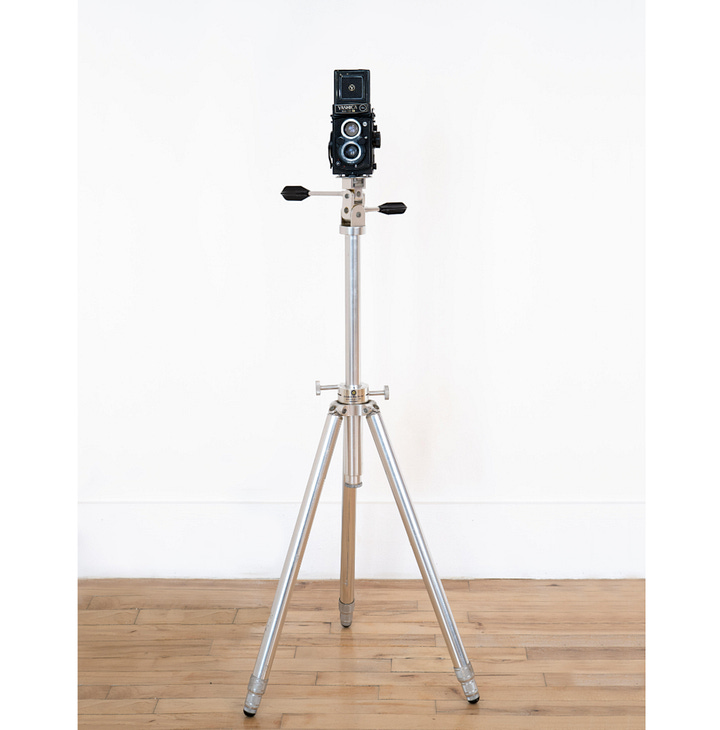

Francesca often photographed herself nude or dressed in carefully selected dresses and used empty, abandoned buildings as her preferred locations for photo shoots. In her images, she becomes one with her environment, usually half covered or hidden by objects, furniture, wall paper or intentionally blurred through the use of long exposure. Her beautiful, often dark and at times disturbing images convey vulnerability, intimacy, mystery, fragility, and fleetingness. To me, they also express a melancholic longing and a sense of not fitting in.
In 1979, she moved to New York City to establish herself as a photographer and pursue her career. She suffered from depression for several years. Her depression increased in intensity while living in New York where she experienced frequent rejections of her portfolio and the end of her first serious relationship. In early 1981, she tragically died by suicide in New York City at the age of 22.
The images I am sharing here are some favorites of hers that inspired, consciously or subconsciously, several of my own self-portraits.
Her images are a master class in the use of natural light, composition, posing, among many other aspects of photography. She was indeed a young master whose despair about the world ended her life too soon.
Maybe this is a controversial question, but it is something I have been wondering about. Would she have been as famous if she hadn't died from suicide?
I would like to say ‘yes’, and yet, I can’t help but wonder once in a while. There is the cliché of the artist in despair, isn’t there.
I am also very curious about how her work would have grown and developed had she lived. She was so young, and so much change and growth as a person happens in your twenties and thirties. Where would her vision have taken her? Would she have always been focused on self-portraiture? Would she always have stuck with black and white or the preferred location of abandoned buildings?
Would she have had a family? Would she have become an educator? How much more could she have contributed to the art world if she had survived? Did she even realize that she was depressed? Was there any support available?
We will never know. We can only imagine, but thinking about it makes me feel compassion, because I still remember how I felt in my late teens and early twenties. I think this may be why I have felt so connected to her work and her voice.
A young woman gone too soon. The world has been deprived of her talent ever since. But I am grateful for the work and legacy she did leave behind, and thankful that her work continues to inspire young and seasoned photographers alike.
What would you like to ask her if you could?


I have never been as brave as her, but here are a few of my self-portraits inspired by Francesca’s vision.
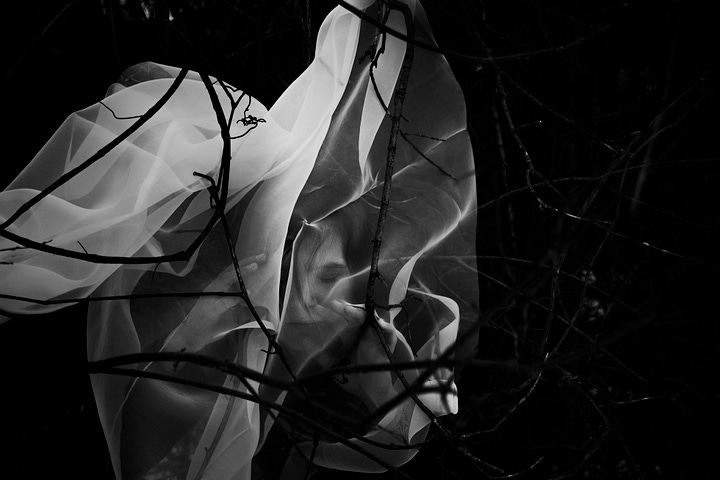
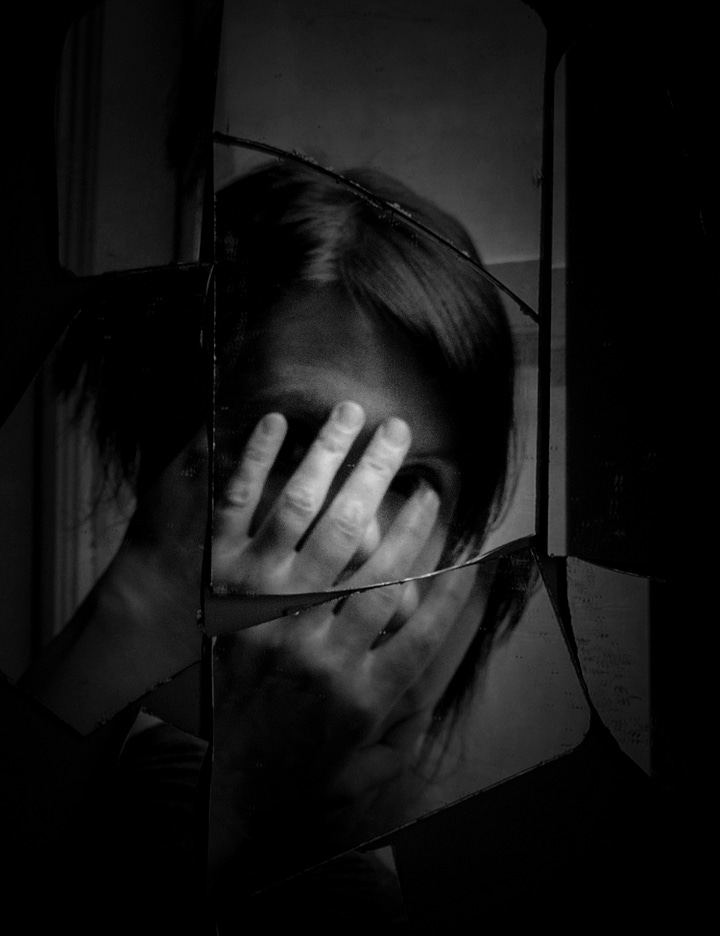
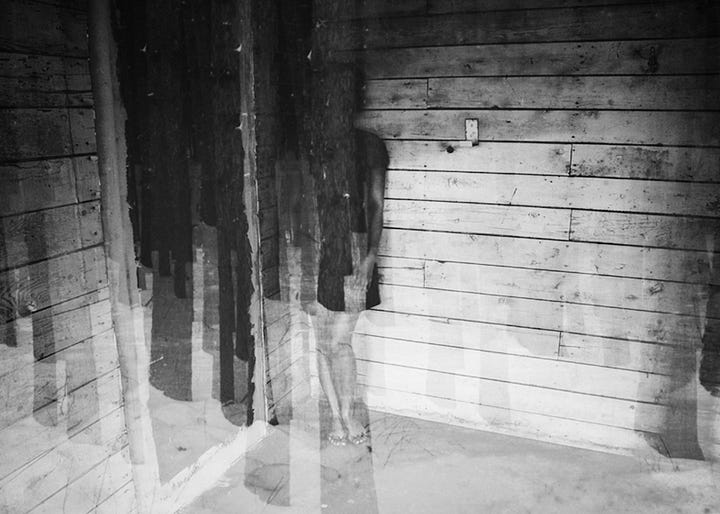
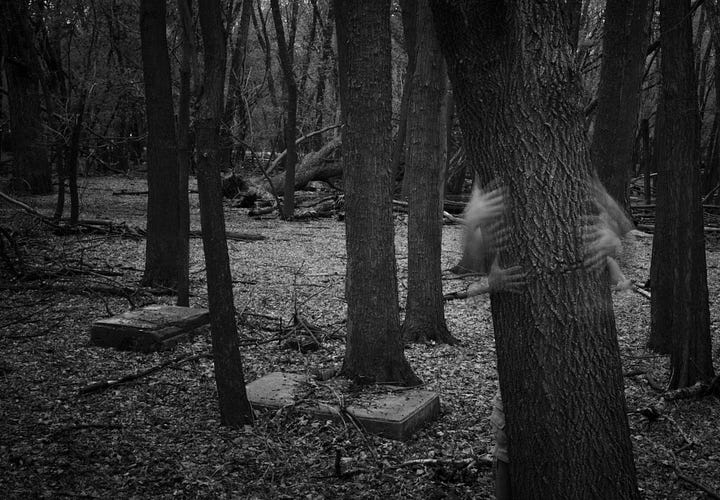
Items Of Note:
Our next “Creative Hour” on Zoom for paid subscribers will be on Saturday, June 14, at 11 am CST. I hope you can join us!








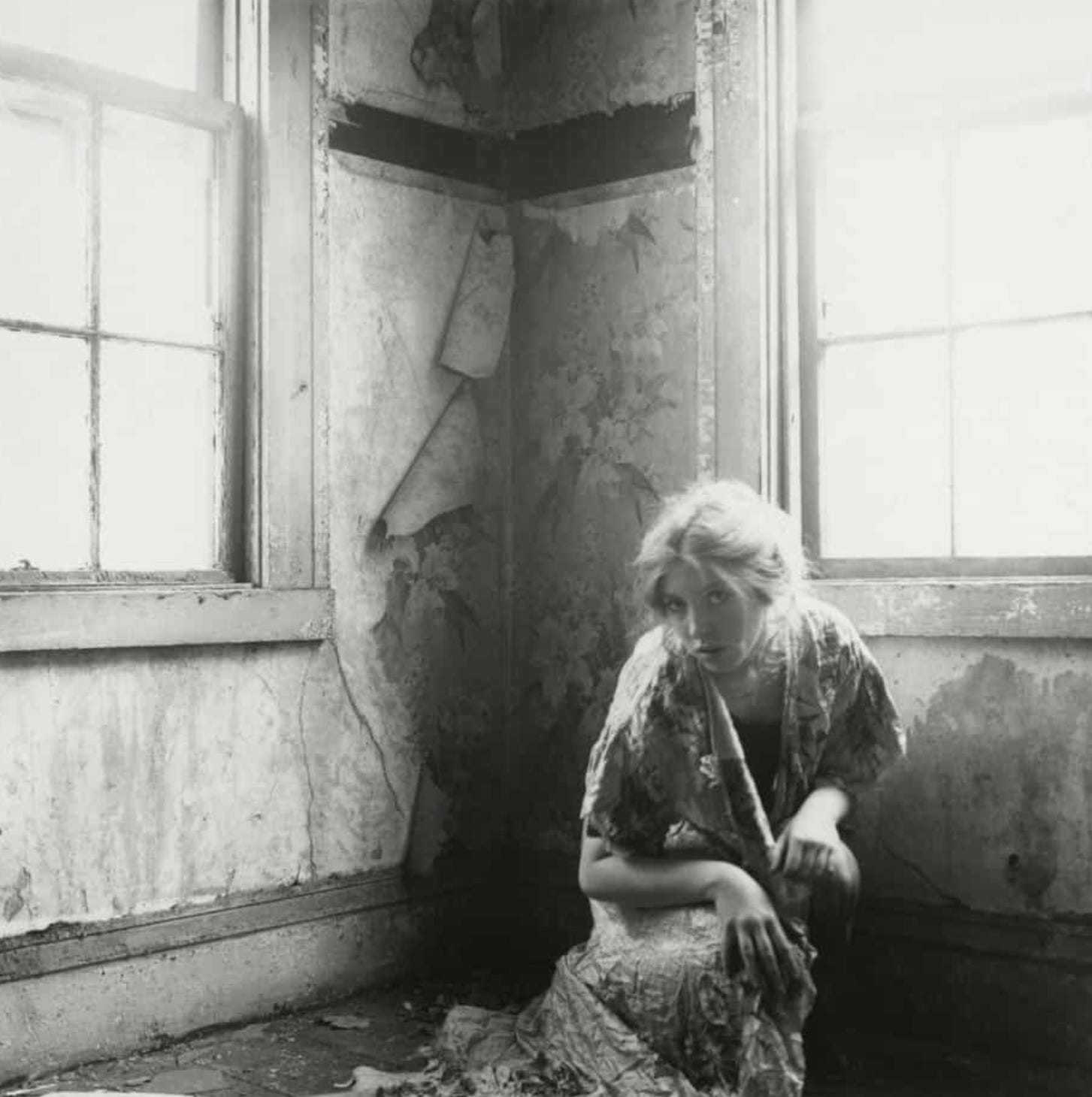
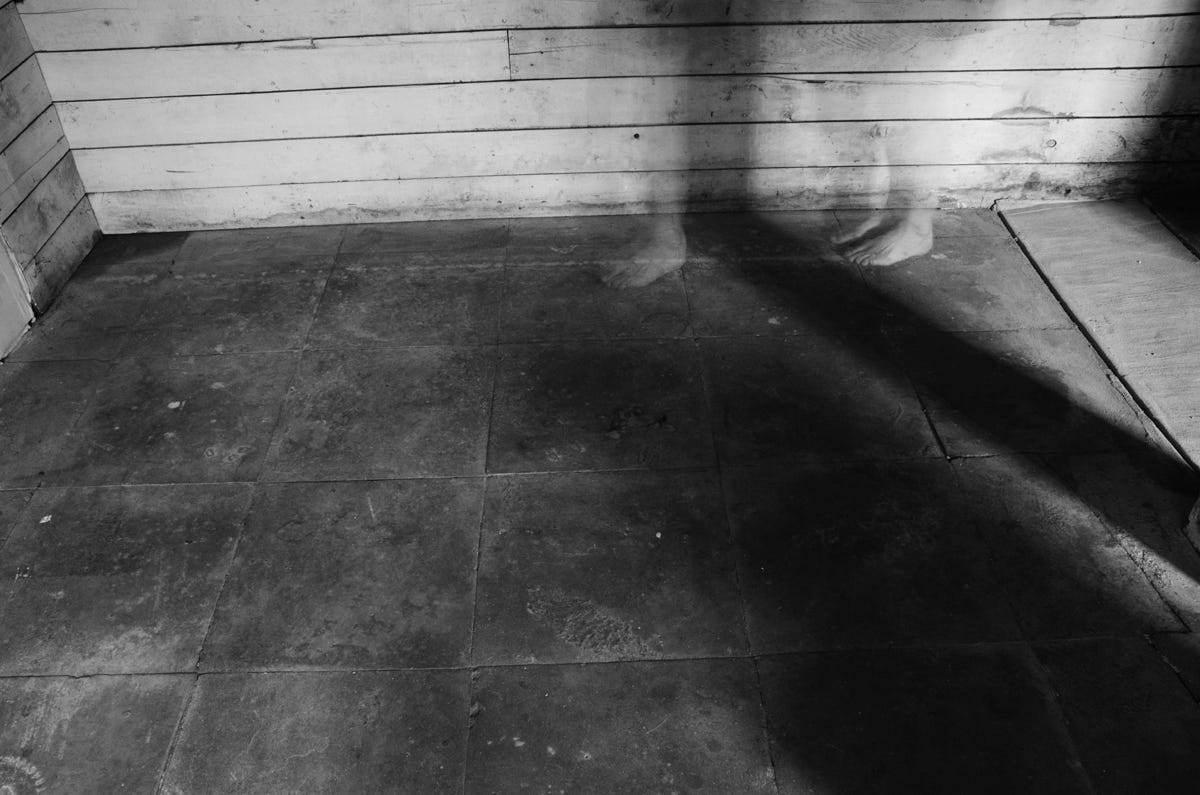

Love her work, Manuela! While I was in school, a good friend of mine gave me 3 women photographers’ work to look at and I instantly fell in love: Francesca Woodman, Sarah Moon, and Deborah Turbeville. The school library had their monographs and poured through their images!! Similar to Francesca’s style is Ann Arden McDonald but she has expanded her practice branching out to mixed media. I would imagine, if Francesca were alive today, she would’ve explored in this arena too. Oh and how she would’ve continued inspiring us all with her innovative approaches and vision.
Because her images are haunting (self, often naked, uncomfortable environments, fragmented bodies and views, unconventionally juxtaposed elements, direct camera gaze) and she committed suicide, there is an unavoidable tendency to conflate these facts affecting our response to them.
Looked at simply as images without any the meta facts of her depression and suicide, they become more open questions for the viewer by the maker. All else seems immaterial.
Were I around her when she was making images, I would have loved a discourse with her on her intent, even if she couldn’t or wouldn’t talk about it. So often the urge to create imagery lurks in the subconscious, and the image really is all.
I come away wanting to know more about what in Woodman’s work spoke to Manuela, and why it gave her the inspiration to create something of her own, whether in emulation or not. How did it allow her to tap into that urge to create and how did it shape it? What was her intent when doing this work?
The pathos and questions around Woodman’s life don’t really interest me; she already gave us all we need to know in the images alone.
How the images speak to and move others, however, seems profoundly interesting.